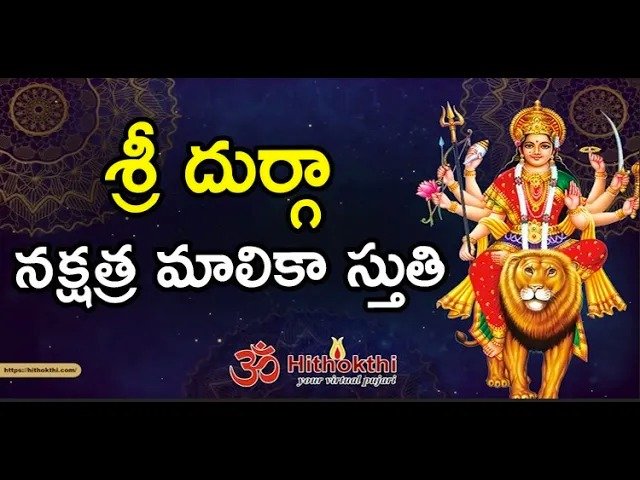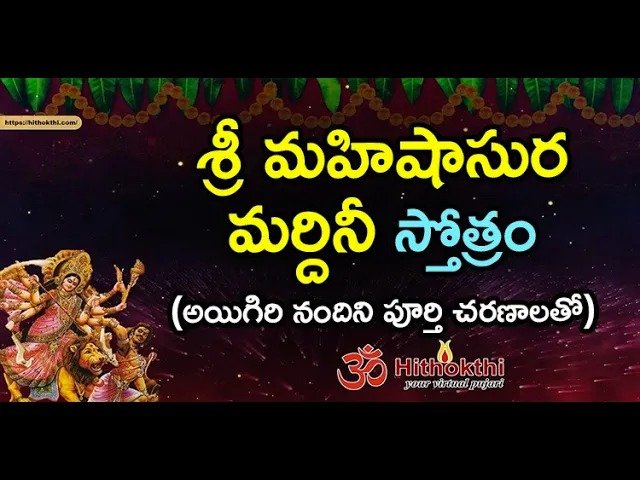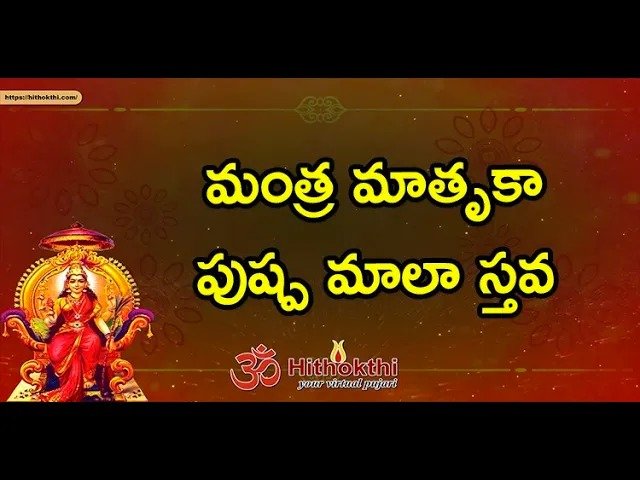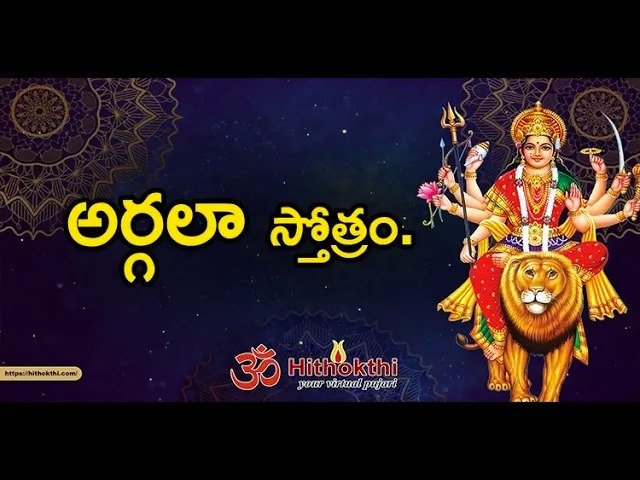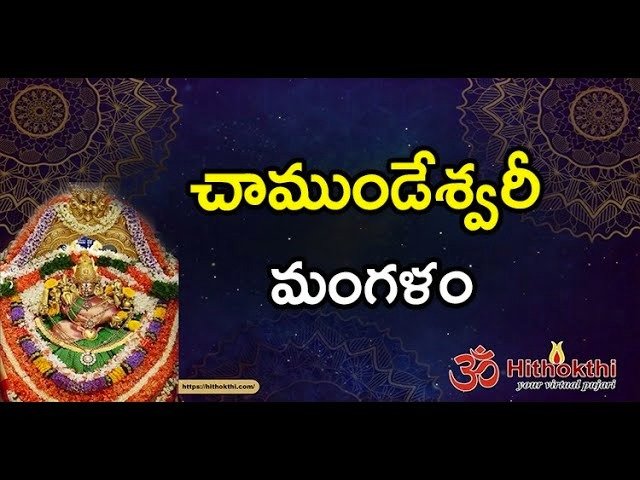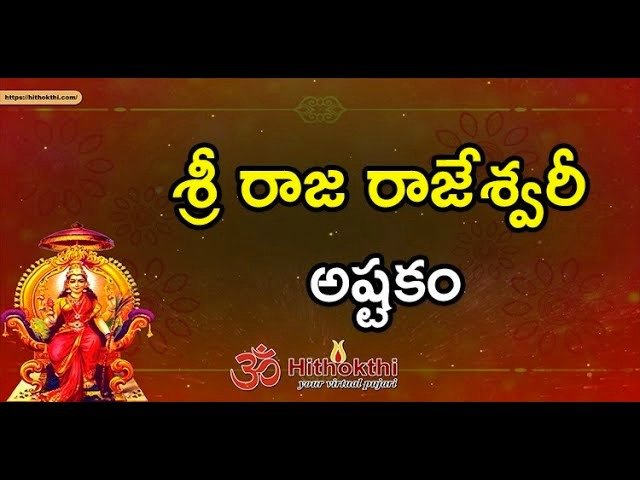Bishnupur: A City of Majestic Terracotta Temples and Legend Weavers
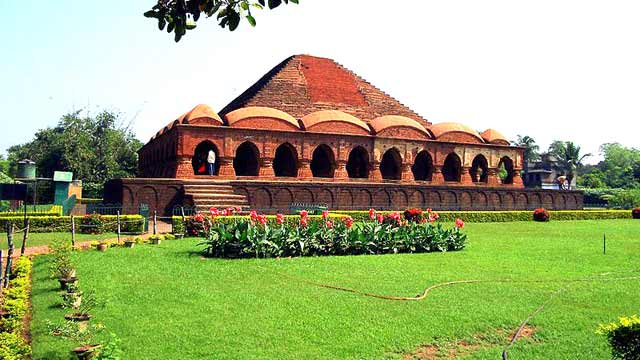
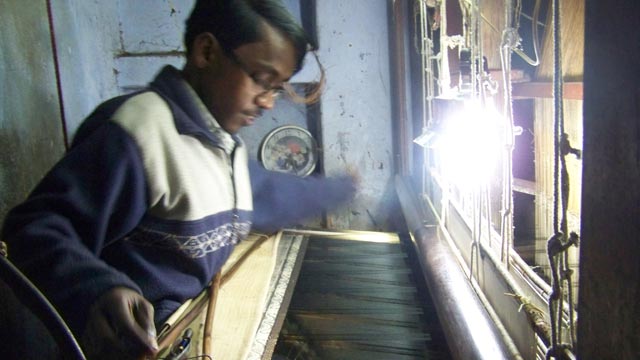
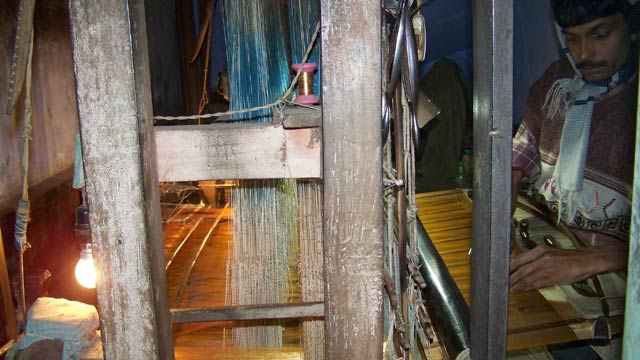
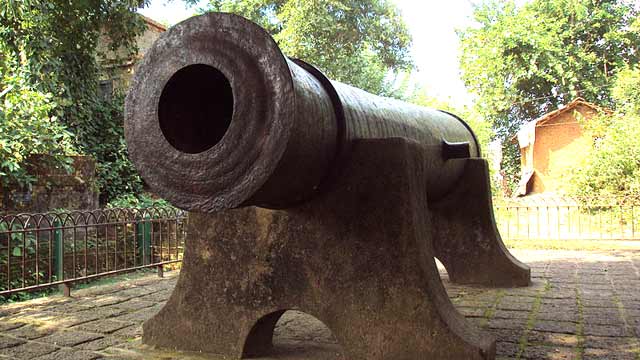
BISHNUPUR: The glistening silk thread passes through thousands of pores punched in the card which is fitted at the top of the loom, and as we stare in wonder at the calloused hands of the craftsman tirelessly working the loom, a precisely crafted motif is woven in the silk with a few deft swipes of the loom.
The motif that is being woven depicts a well-known scene from the epic ‘Ramayana’. The craftsman continues to weave design after design until most of the scenes from the epic have been narrated. And if you are still wondering, what is this piece of art being created: it is a Baluchuri sari being woven from silk threads with the ‘Ramayana’ scenes woven all over the sari border and palla. And it is a work of art indeed!
Sitting in a dilapidated one-roomed house, almost a shack, which serves as the weaver’s home and workshop, where a lone bulb serves as the light source to work is far from a welcoming environment but yet the craftsman invites us in with a warm smile so that we can witness how the weaver’s art takes shape.
The craft of the Baluchuri sari weaving is one of the major means of livelihood of the people of this quaint old town in West Bengal. Bishnupur, a town in the Bankura district, though small in size, stands tall steeped in centuries of history and tradition. Few other towns in eastern India have such a rich history or such colorful lore that have passed down through generations. No wonder then that the Baluchuri sari which symbolizes the traditions and history of Bishnupur is so colorful and resplendent.
The history of Bishnupur can be traced as far back to the Gupta period when it was ruled by local Hindu kings. The history of Bankura district is believed to be identical with the rise and fall of the Hindu Rajas of Bishnupur. The region is also known Mallabhum as it was ruled by the Malla rulers during 17th and 18th century. The Malla rulers were Vaishnavites and built the famous terracotta temples during their reign, which are best specimen of the classical Bengal architecture.
The famous Murali Mohana and Madana Mohana temples are dedicated to the patron god of the Malla dynasty, Lord Krishna. The walls of the brick temple are decorated with terracotta sculptures which are mostly legends of the Lord. The Radhe-Shyam temple dedicated to the Lord and his consort was built by King Chaitanya Singha in Ekaratna style. It was built in a square plan, consisting of a dome shaped Sikhara and stucco motifs depicting floral, geometric and depiction of the life from puranas.
The popular Rasa Mancha temple is quite unique in its structural design. It has a cubic shrine, pillared corridors on three sides and a pyramidal roof. During the Vaishnava Ras festival, all the Radha Krishna idols of Bishnupur town used to be brought to this manch to be worshipped by the citizens. The annual festival was held till 1932 and then it was stopped.
The Keshta Raya temple, which is popularly known as the Jor Bangla Temple, has two traditional Bengali houses placed together. The Mughals adopted this style when they reigned over Bengal and built this style of roof in Delhi and Agra, too. This is easily the most fascinating monument of Bishnupur and tourists from far and wide travel to view the intricate and detailed carvings that cover the entire structure. The Jor Bangla temple is also dedicated to Lord Krishna in the Keshto Ray or Gaurango avatar.
The entire town of Bishnupur is dotted with these fine terracotta temples which are mostly dedicated to Lord Krishna. All these temples boast of detailed carvings and legends etched in stone, all over the structures. Other than the terracotta temples, the Mrinmayee Temple is dedicated to Goddess Durga. Built by King Jagat Malla in 997 AD, the Durga puja in this temple takes place for 15 days and all the other temples in Bishnupur do not start the puja until a canon has been fired from this temple.
There used to be a royal place adjoining the Mrinmayee Temple where the Malla rulers used to stay during the 15 days of the Puja. The ruins of the place still stands tall as witness to an era of grandeur. The 100-year-old Chinnamasta temple, near the Jor Bangla temple, is also dedicated to Goddess Durga. Here the Goddess is worshipped in her self-sacrificing form as Mata Chinnamasta.
Most of the temples in Bishnupur are within a few kilometers of each other and they can all be visited over a day or two. The favourite mode of transport within the town is cycle rickshaw and all rickshaw pullers in this city are expert guides in their own right. The ride round the town can be quite interesting with the constant inflow of information and lessons in history.

